How building automation impacts health, efficiency, and indoor air quality in hospitals
How does building automation ensure hospitals are safe, secure, comfortable environments for everyone?




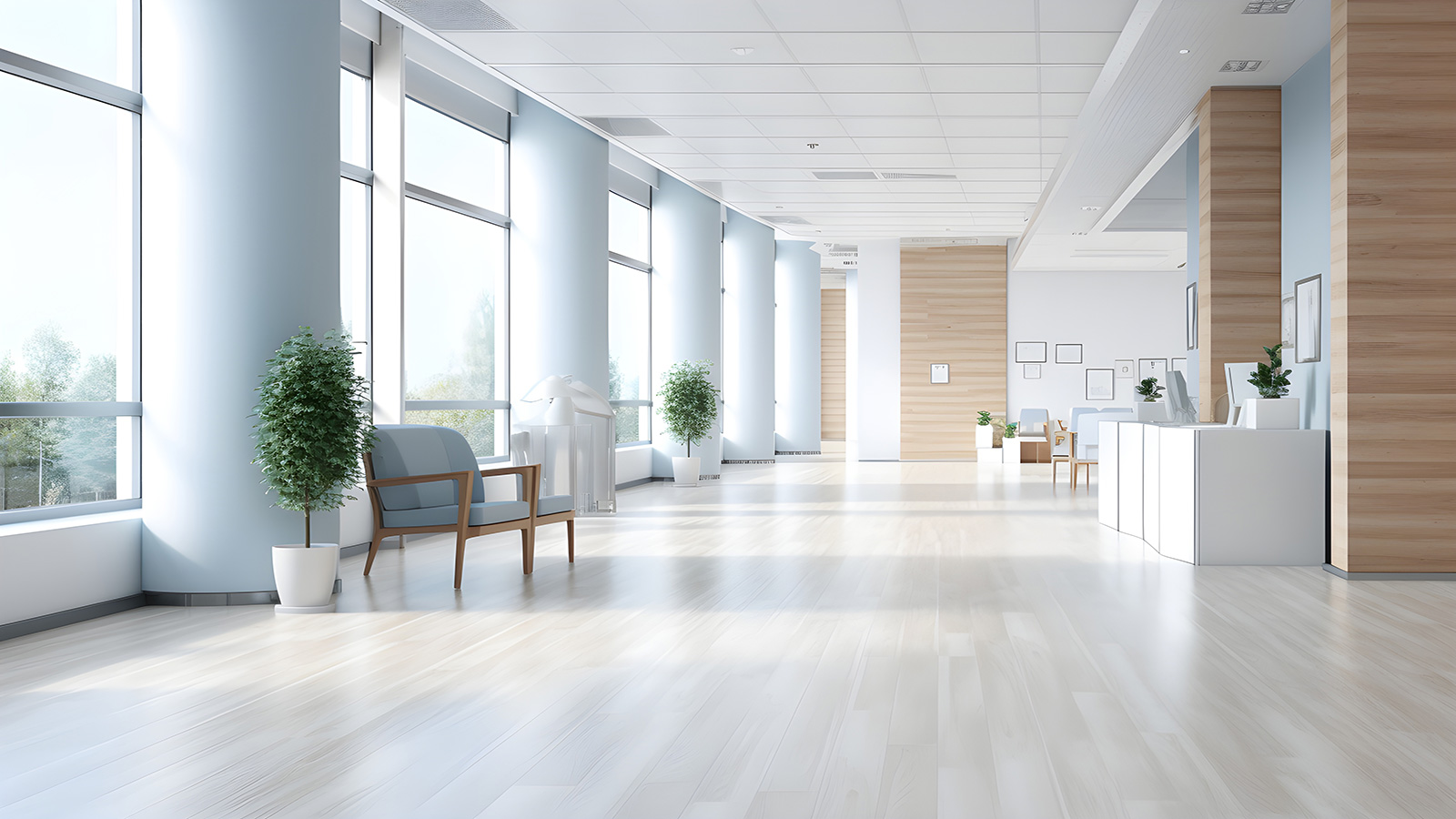
For decades, buildings have used individual equipment controls and building automation systems to improve HVAC, lighting, and security. Devices and data-driven controls are being integrated into buildings, known as smart buildings, which can monitor, detect, and adjust building systems to accommodate the changing demands in a season, in a single day, or even in real time at a given moment.
Smart buildings—equipped with sensors coupled with artificial intelligence and machine learning—can instantaneously react to changes and then inform building operations teams in real time through mobile devices or desktop applications. Could building owners use these technologies and control capabilities to make their buildings more resilient during a pandemic?
What makes a building smart compared to a conventional facility? To understand the role of a smart building, it’s best to look at the evolution of building technology. The drivers behind building technology have traditionally been based on energy use, security, and facility operations and maintenance. As smart buildings implement more technology in new ways, we move closer to fully automated facilities tied to a digital twin, the virtual representation of a physical object or system across its life cycle, to perform simulations of performance, expected occupancy densities and movement, and intelligence control of building systems.
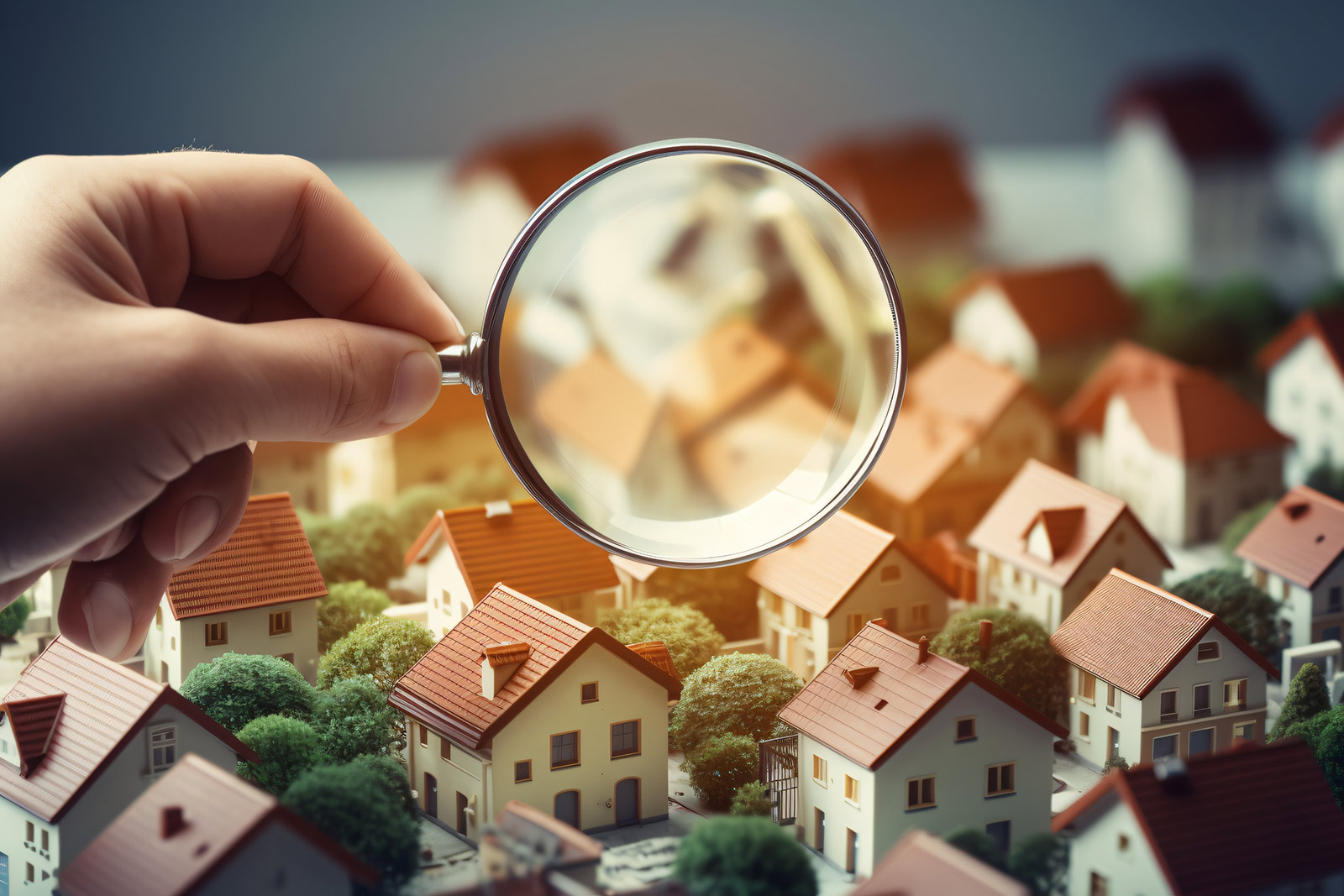
Conventional buildings
A conventional building is not a fully integrated facility.
Integrated buildings incorporate a centralized building automation system that typically controls HVAC, security, lighting, and life safety systems. The integrated building can be viewed for diagnostic considerations remotely, which allows the operations team to view real-time facility performance and current equipment issues. This type of facility is the basis for a smart building without the full capability to capture data and alter systems automatically.
Smart buildings use sensors to collect data from each system or equipment and analyze the data using artificial intelligence or machine learning to automatically alter the systems in real time. The Internet of Things (IoT) application and sensors are comprehensive, provide live data analytics, and give an operations team preemptive maintenance information so they can proactively address potential system issues.
The building technology evolution enables facility users and owners to monitor and adjust the workplace and in some cases proactively act before any real problems arise. As buildings get smarter, so should owners in fighting unforeseen pandemics or other health concerns.
There are several elements to consider when identifying the risk of COVID-19 transmission: distance, time, environment, and activity. A strong COVID-19 risk mitigation approach includes an aggressive response to these considerations and requires collaboration with health care, operations, engineers, and architects to research, evaluate, and implement solutions that consider all perspectives.
The primary transmission method for a virus is from person-to-person in close contact through respiratory droplets. The closer people are, the higher their risk of transmission is. But understanding people’s movement, patterns, and tendencies can be challenging for a building owner. Providing the tools and technology to address these challenges has historically been difficult. Controlling the distance between people and the time spent in closed spaces is key to controlling the spread of viruses.
Most infections occur indoors in workplaces or at large social gatherings. The best way to reduce risk indoors is to provide a healthier environment that addresses the use and activity of the space. For instance, singing and yelling can produce more droplets than normal breathing, which leads to increased risk.
Facilities have several distinct spaces and uses, including transition spaces like walkways and stationary areas like elevators and restrooms. Each building has a different use, and sometimes they have multiple functions. The workplace environment is a dynamic place where people collaborate, congregate in areas for long periods, pass through spaces for circulation and movement, exercise, and perform physical activities.
The dynamic nature of a building means any response to the spread of a virus or health concern must address the many uses from a space planning and use perspective. Architects and engineers can work with building owners to evaluate options to reduce risk of spread of infectious aerosols. Some of the options include the following:
Understanding the strategies that support a healthy building is a critical step when equipping a smart building to proactively solve facility issues. Before implementing a new technology in a building, designers must first conduct a building readiness plan of the space use and systems. Start by gathering record documents such as as-builts and specifications, recent documentation of HVAC and plumbing systems, and commissioning reports. Develop a space use and occupant circulation diagram to best illustrate how people move through the building and how they use each space by identifying pinch points, high-density areas, or spaces that need special technology measures. Understand the signage and wayfinding strategies that can be implemented before any new technology is introduced.
These tools are important for building users because they provide immediate, clear actions that should be followed, like adhering to circulation paths, sanitizing supplies, maintaining social distancing, and gathering only in small groups for short periods of time.
When building users have clear instructions on how to stay safer at the workplace, new technology can be introduced to make the building smarter to help combat health concerns.

Technology can be used to help with social distancing and manage space use by
IoT technology can get people back into buildings for work or entertainment. COVID-19 is spread based on exposure time and distance. Smart building technology can help track and reinforce social distancing guidelines. Using real-time data, buildings can get information on dense areas of the building. This information then leads to behavioral changes such as direction arrows pointing people around dense areas or more signage to remind people to keep 6 feet apart. This data could find an unexpected bottleneck and allow buildings to quickly correct the situation.
Most large office buildings require occupants to wear badges while in the building. These badges can easily be used with IoT devices for contract tracing. Using IoT sensors throughout the building, human resources or security departments can trace all other badges an infected person came into contact with for an extended period of time. In lieu of isolating or quarantining everyone on an infected person’s floor, only the people traced via badges are contacted about the potential exposure.
IoT sensors can also be used to determine which areas need to be cleaned more or less frequently. With reduced occupancy in office buildings, many rooms are not used daily. In some offices, cleaning crews enter every night to clean the building, even if there are only a few people entering the office each day, working exclusively at their desks, not conference rooms or other communal spaces. The cleaning crew wipes down every surface, including unused conference rooms, every evening.
IoT devices can accurately identify areas that are not used and can potentially be skipped in the cleaning rotation. The devices can also spot heavily used areas and alert the building operators when cleaning is needed more frequently. In conjunction with badge-tracing, cleaning can quickly be directed to the areas an infected person accessed. This real-time data maximizes the efficiency of cleaning and provides a safer environment.
Since COVID-19, air filtration and treatment have been discussed frequently as mitigation measures. IoT devices can be used in the HVAC system to display the indoor air quality throughout a building, covering much more of the building than wired sensors can. Wireless IoT sensors distributed about every 9 square meters (100 square feet) or so can show temperature and/or humidity variations in a space. IoT sensors show a granular level of performance that a traditional sensor mounted near a door can’t provide. That can alert the building managers to potential relative humidity issues or, at a minimum, poor air distribution.
ASHRAE recommends a MERV-13 at a minimum for better filtration of the particles that carry viruses. If MERV-13 filters are retrofit into an existing system, it’s important to track the pressure drop as the filter becomes loaded. With the higher initial pressure drop of MERV-13 filters compared to the typically installed MERV-8, newly installed smart sensors can provide real-time feedback, allowing for optimized filter changes.
In a building that relies on scheduled filter changes or observing pressure gauges manually, new IoT sensors can save maintenance personal time and maintain indoor air quality. Smart sensors are also available to track particulate levels PM2.5 and PM10 for a higher level of information. The particulate data can be sent to a central kiosk to show employees how well the building is filtering out particulates. After COVID-19 this level of detail is helpful for allergy and asthma suffers. A kiosk could be placed in a central location to inform building occupants of the general health of the building.
Building HVAC systems play a significant role in employee health and productivity. As we adapt to the changes that resulted from the pandemic, there is a heightened awareness of the buildings we work in. IoT devices can provide more indoor air quality data across more area for a smaller cost compared to expanding the building automation system.
The building automation system provides a significant amount of data, from various sources, to a central location. This data typically includes air-handling unit air temperatures, building lighting, and building access. All data collected by the building automation system must be analyzed. If facility personnel are unavailable to quickly analyze the data, the analysis will likely be delayed.
IoT devices, using cloud computing and storage, can lessen the analysis burden by providing clear insights directly to facility personnel. This allows facility personnel to proactively, rather than reactively, make decisions. As more data from the building and equipment are collected, machine learning or artificial intelligence can notify the building to allow for predictive maintenance.
Cost savings is a key benefit of fixing equipment in a building before it breaks. Predictive maintenance can help facility owners better plan for upgrades and minimize occupant concerns by maintaining the HVAC systems at their specified operating conditions.

With building automation systems, the HVAC system is scheduled to operate at a specific time each day. Due to COVID-19, some office buildings are still operating at a reduced occupancy rate. With smart sensors and application-based booking, a higher level of HVAC control is possible. Instead of running an HVAC system 7:00 a.m. to 7:00 p.m. Monday to Friday, the system can be scheduled based on online booking of the space.
Smart sensors in the space can also communicate with the HVAC system that the space is occupied or unoccupied. Using a smart sensor provides instant space control, compared to using a CO2 sensor where the HVAC system is delayed until the sensor hits its setpoint.
For example, a conference room could be booked for four hours midday. The HVAC would “see” this reservation and condition the space for those 4 hours. If the meeting is extended, live sensors would alert the HVAC system that the conference room is still occupied via the IoT sensor and continue to condition the space without any occupant action.
The opposite would also hold if the area is reserved but remains unoccupied. Based on the IoT sensor, the HVAC unit would go into temperature setback mode and then return to occupied mode once it senses people are in the space. Using online scheduling with a new smart sensor to dynamically set back space temperatures when not in use could provide savings to help offset the higher energy costs associated with other COVID-19 mitigation strategies.
Do you design building automation systems? Our website offers free tools and utilities for building design and automation consultants. Make your life easier, save time, and save effort by registering for a Consultant account on our Reliable Controls Support Center.
This content was previously published by Consulting Specifying Engineer.

How does building automation ensure hospitals are safe, secure, comfortable environments for everyone?
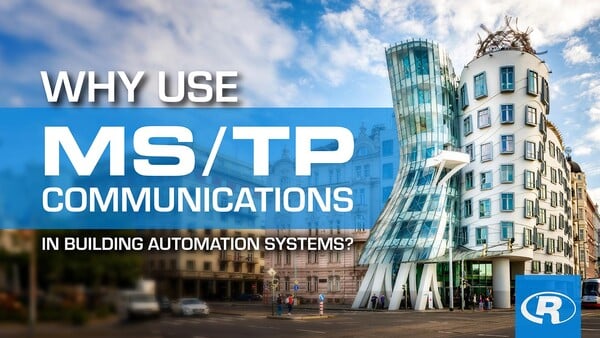
Learn when and why MS/TP communication is helpful in building automation systems.

From the moment you park your car at a hockey arena, your comfort and safety are enhanced through a building automation system. Here’s how.

Building automation systems can make buildings truly intelligent, reducing their carbon footprint and saving money. Learn how.

Ever wonder how a building automation system ensures safety and accuracy in lab work?

Museums—and their building automation systems—play an important role in preserving the preserved. Learn how.
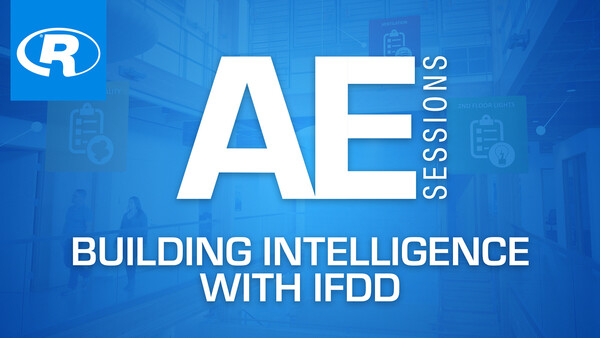
When you see a doctor or personal trainer, you benefit from their knowledge and experience. In the same way, a building automation system should provide all the tools you need to maintain your buildings in optimal health.
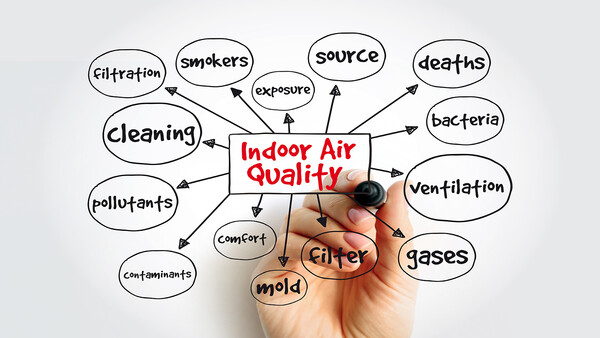
What are you doing to mitigate the transmission of viruses indoors? Learn what measures you can take and how your smart building provides more information and control for IAQ concerns.